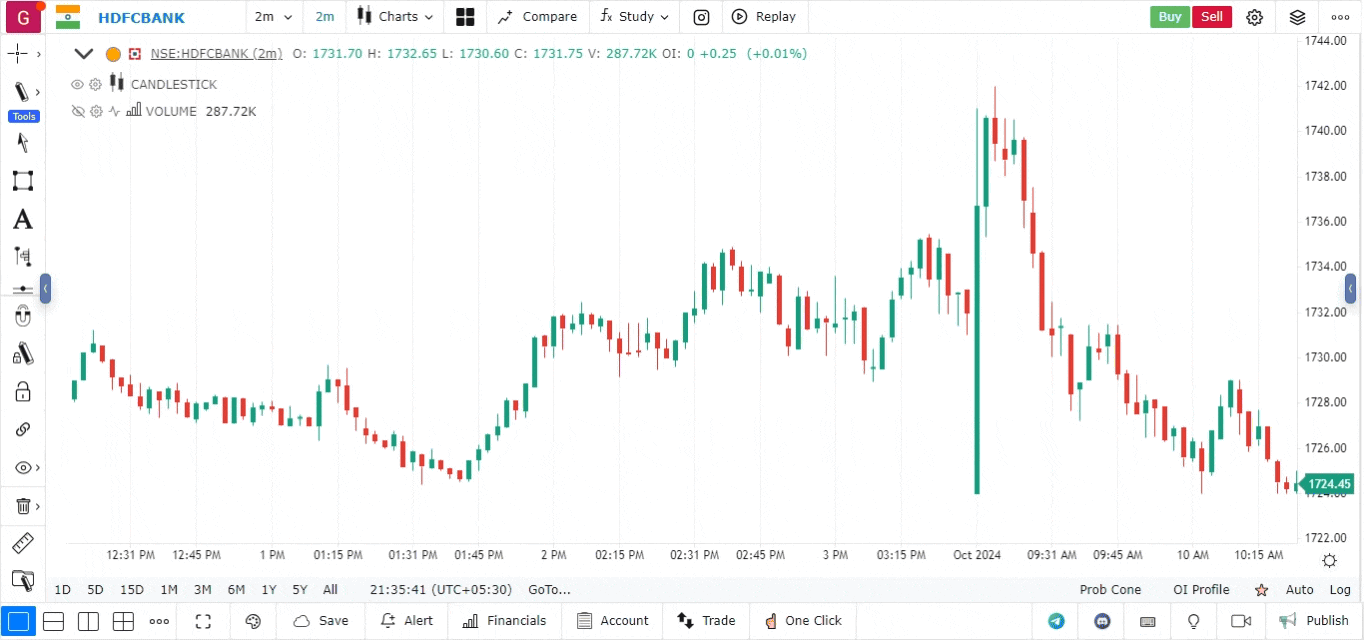Klinger Indicator
The Klinger Oscillator is a technical analysis tool that measures the momentum of price movements and volume to identify potential price reversals and trend strength. Developed by Stephen Klinger, this indicator combines both price and volume data to generate a more comprehensive view of market conditions.
Overview of Klinger Indicator
The Klinger Indicator oscillates above and below a zero line and is primarily used to identify bullish and bearish momentum. By analyzing the relationship between price movements and volume flow, traders can gain insights into potential trend changes and make informed trading decisions.
Key Features of Klinger Indicator
- Momentum Measurement: The Klinger Oscillator provides insights into market momentum, helping traders identify the strength of price trends.
- Volume-Weighted Analysis: This indicator integrates volume into its calculations, providing a more reliable signal compared to price-based indicators alone.
- Bullish and Bearish Signals: The oscillator generates bullish signals when it crosses above its zero line and bearish signals when it crosses below, offering clear entry and exit points.
How to Use Klinger Indicator
-
Open the platform:
- Log in to your platform account.
- Load the chart for the asset you wish to analyze.
-
Select the Timeframe:
- Choose an appropriate timeframe for your analysis, such as daily, hourly, or intraday charts, depending on your trading strategy.
-
Add the Klinger Indicator:
- Navigate to the Indicators section in the platform interface.
- Search for Klinger Oscillator.
- Click to add the indicator to your chart, which will typically appear as a line graph below the price chart.

-
Interpret the Indicator:
- The Klinger Oscillator will display a line oscillating above and below the zero line.
- When the indicator is above zero, it indicates bullish momentum; when it is below zero, it signals bearish momentum.
-
Make Trading Decisions:
- Bullish Signals: Look for the oscillator to cross above the zero line, indicating potential buying opportunities.
- Bearish Signals: When the oscillator crosses below the zero line, it may signal selling opportunities.
-
Divergence Analysis: Monitor for divergences between the Klinger Oscillator and price action. For example, if the price makes new highs while the oscillator fails to do so, it may indicate a weakening trend and potential reversal.